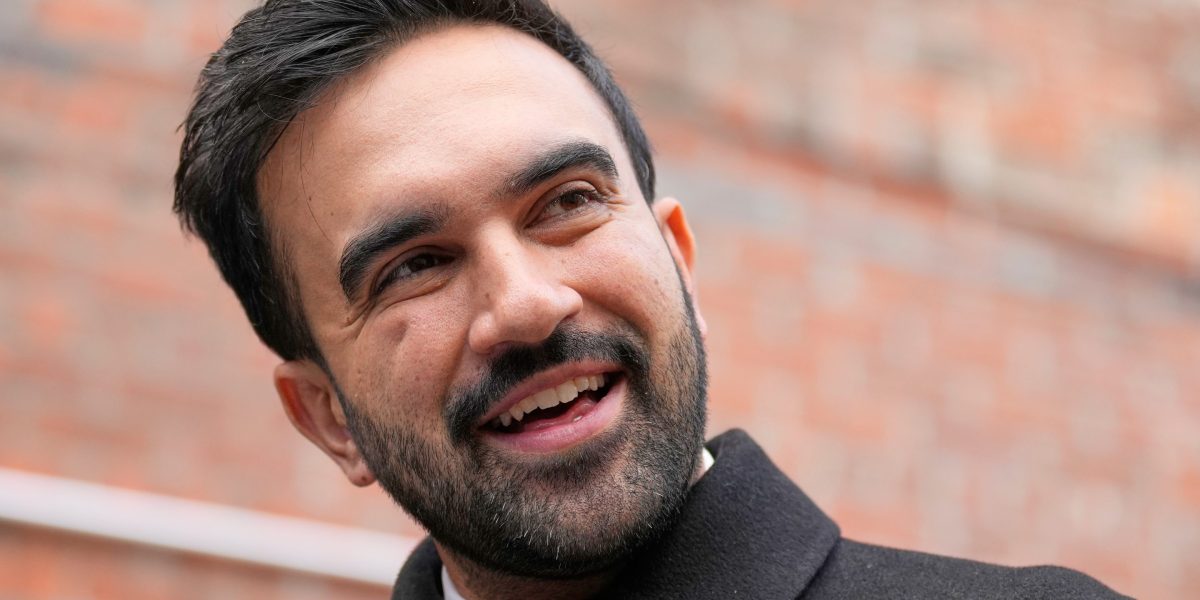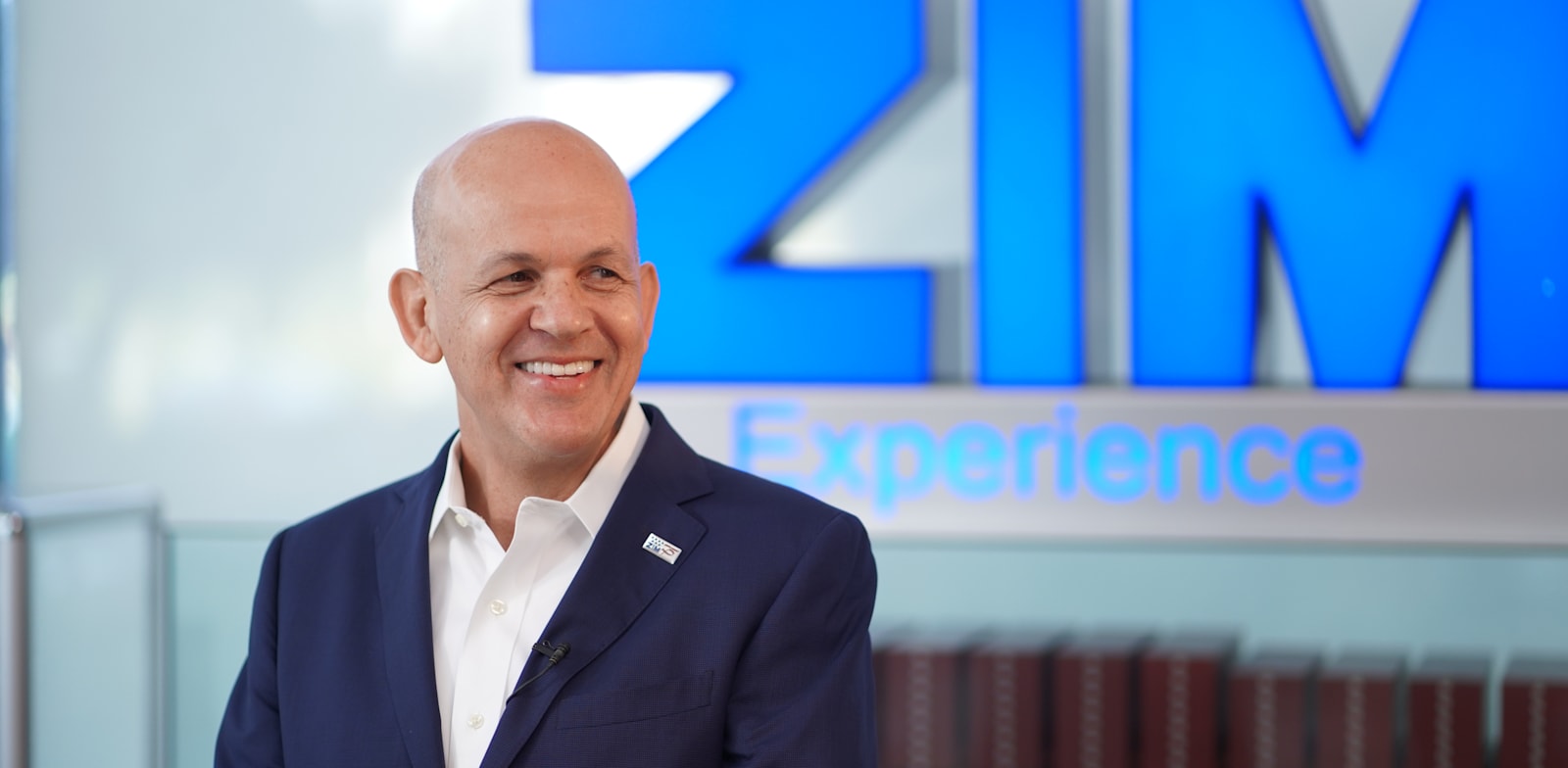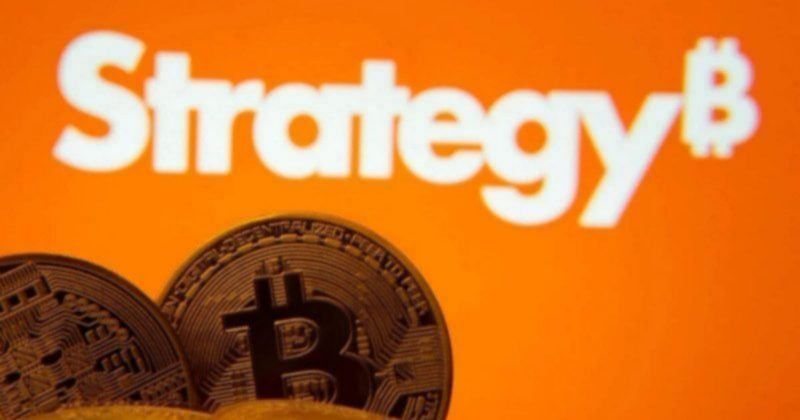“I agree with you. The data is conflicting. But here is what I would focus on. First, we have to recognize, of course, that it is old data and that the jobs data in general are seen as lagging indicators… it is helpful to take a look at what the last three months were. And it looks like it is about 62,000, a three-month average.”
He explained that while the latest report was stronger than expected, the underlying trend is softer, noting that “that 62,000 average is about a half of what it was a year ago… the image would be an economy that is slow to hire and slow to fire.” Chandler added that the rise in unemployment seems to stem from an increase in labour participation, likely driven by seasonal factors such as new graduates entering the job market. Despite the mixed signals, markets reacted by pushing the dollar lower and raising the probability of a December Fed rate cut from 25% to about 30%.
When asked about the broader health of the US economy, especially in light of political claims of economic robustness, Chandler pointed to a sharply divided landscape. He described the situation as K-shaped, saying, “It is being driven by a very like narrow piece of the pie… it looks like the data centres and the AI has lifted the stock market, but it also looks like it might have contributed to Q3 GDP.”
While the Atlanta Fed’s tracker is projecting GDP growth above 4% for Q3, he cautioned that Q4 may look very different due to disruptions from government shutdowns and other pressures. Beneath the strong headline numbers, Chandler highlighted rising household debt stress, delinquency rates, and default levels. He also observed that tariffs, although effectively a tax on American consumers, have not had the feared derailing effect, partly because many countries have not retaliated. “They have sort of taken the US hit… it ultimately attacks on US consumers which weakens demand.”
Turning to market sentiment, ET Now asked Chandler whether Nvidia’s strong Q3 results had tempered concerns over an AI bubble. Chandler said that while the earnings boost has helped sentiment, valuations remain stretched. “Frothy is a good way to express it… valuations are at such lofty levels that it is very reminiscent of past bubbles… Nvidia’s earnings and their forward guidance suggested there still might be some punch left in the bowl.” On the outlook for the dollar, Chandler noted that near-term trends will be shaped by year-end flows and holiday-season adjustments. “The dollar could remain firm as the market has taken back that December rate cut… but as we enter next year… the Federal Reserve is going to be cutting rates more than other countries and in that divergence the dollar is going to fall.” This, he added, may ease some pressure on currencies like the Indian rupee, where the central bank has been working to stabilize the exchange rate. Finally, discussing whether the recent job gains are sustainable amid rising fears of AI-driven layoffs, Chandler said that while technology is often the real driver of job losses, it may be too early to attribute any labour market changes to AI. “Maybe it is a bit early for the AI related job cuts as these data centres are hardly even built… but still to your point, we think… that the labour market is slowing and it is really just the pace of the slowdown.” He emphasized that weakening labour conditions are becoming more important than still-elevated inflation readings. “The weakness of the labour market overshadows the still elevated inflation readings… that is what is going to fuel these rate cuts next year, drive interest rates down, and bring the dollar down with it.”






















